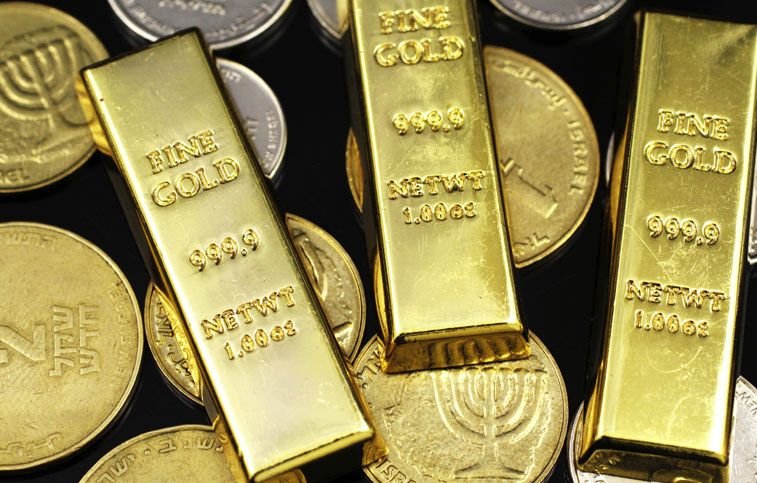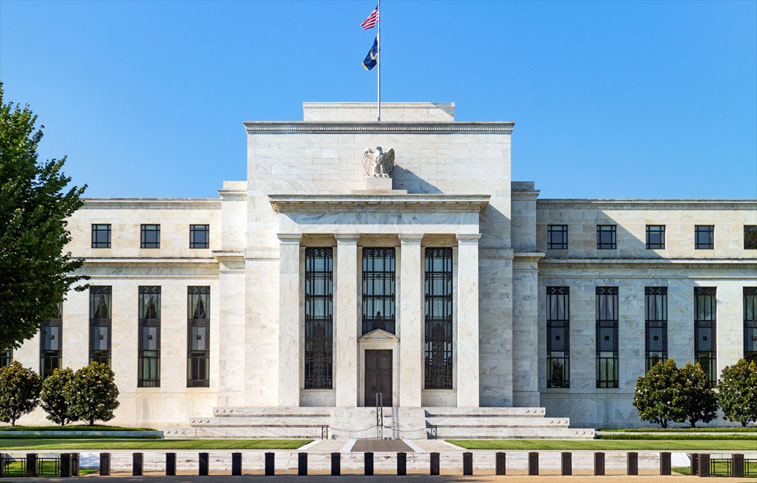This year, the amount of gold bought through the commodities market was the lowest since 2004. According to data issued by the World Gold Council, there were sales of exchange-traded funds totaling 227 tons, while purchases of actual gold accounted for up to 350 tons. As a direct result of this, the price of gold has dropped by around 10 percent in 2022. The situation of gold is unusual when you think about everything else that happened this year.
Gold is a safe-haven asset because its value stays the same even when times are tough. And this year, there have been plenty of headwinds. To begin, the war between Russia and Ukraine caused a massive energy crisis and contributed significantly to market uncertainty. Also, by raising interest rates to fight galloping inflation, central banks created the conditions for a worldwide recession.
The upheaval of this year should have stimulated a demand for gold. Inflation, which the precious metal has traditionally protected against through the maintenance of its intrinsic value, should also have affected the numbers in a positive way. Yet nothing of the sort has taken place.
The most important reason for gold’s abnormal behavior is that yields went up because of a strict policy on interest rates set by central banks all over the world. The actions of the Federal Reserve, for example, have led to a rise in the yield on U.S. government bonds and the value of the United States dollar, both of which are considered safe-haven assets. The difference between bonds and gold is that the former generates income. So, why should investors look for safety in gold when they could instead go for something that promises to deliver a fixed yield?
Another reason why gold prices have fallen is that the U.S. dollar is strong, and market participants have felt this first-hand. This year, the United States Dollar has increased in value by more than 15 percent compared to the other major currencies in the world. Because gold is traded in dollars, it will be more expensive for investors from outside of the United States to buy the metal.
The third quarter of this year saw the central bank’s gold reserves increase more than twice, going from 180 tons to nearly 400 tons. However, the data provided by the banks are not the most transparent. This is partly because not all of these institutions disclose their movements. It is thought that the Bank of Russia, for example, had a significant role in keeping the ruble’s value when it set a gold-peg to avoid a currency crises caused by western sanctions.
With the dollar value rising, and the amount of money coming in from oil and gas exports loosening up, one has to ask where all of this money is going. The trails may lead to Asia, especially China, where the dollar-centric financial system is viewed with more doubt. The People’s Bank of China has been hesitant to release data, but there are indications that it has been a significant buyer of gold in recent months.












